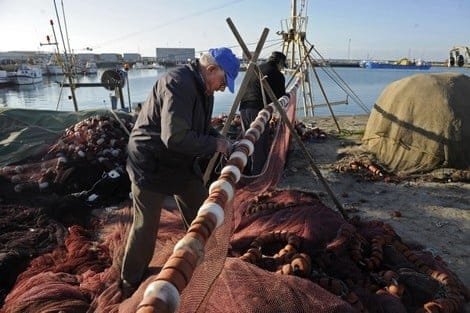Europe – In a move described as crucial to saving a vital economic sector, the European Parliament’s Fisheries Committee, after an objection from Spain, agreed to allow the fishing of 22-millimeter-sized clams in the Adriatic Sea. This is instead of the previous minimum of 25 mm set under current European regulations.
Effectiveness of the decision
Under this decision, fishermen in EU countries will be allowed to harvest clams up to 22 mm in size from January 1, 2026, until December 31, 2030. This represents an exception to the established European rule.
The decision includes the oyster known as “Lupini di mare.” These are wild-caught oysters, not farmed oysters, which have recently been severely affected by the invasive blue crab.
The economic importance of the decision
This exception is not just a simple technical adjustment. It represents a lifeline for an economic sector worth more than €60 million annually. According to industry estimates, this could reach €140 million when the entire production chain is included.
Patrizio La Pietra, Undersecretary of the Italian Ministry of Rural Development, said the decision “makes sense. It does not affect the sustainability of marine resources. It respects the uniqueness of the Adriatic ecosystem, while protecting those working in the fishing sector from potential losses.”
Between environmental protection and the economy
While the European Commission insists on strict standards for protecting marine resources, this exception suggests a balance can be struck between environmental protection and the preservation of local industries. This is particularly true given the complex environmental conditions facing shellfish farming. It specifically addresses the spread of the blue crab, which has caused significant damage to oysters and mussels.
What after 2030?
Despite the importance of the current decision, the future of smaller clam fishing beyond 2030 remains uncertain. This will depend on environmental impact assessments and the ecosystem’s ability to adapt. This is in addition to the continued threat of invasive species such as the blue crab, which has become an existential challenge for some mollusk species.
Background: Oysters at the heart of European culture and dining
This issue is not just technical or economic. It also touches on a cultural and nutritional dimension in Adriatic countries such as Italy, Croatia, and Slovenia. Shellfish are a key ingredient in many traditional dishes, the most famous of which is spaghetti with vongole.

















